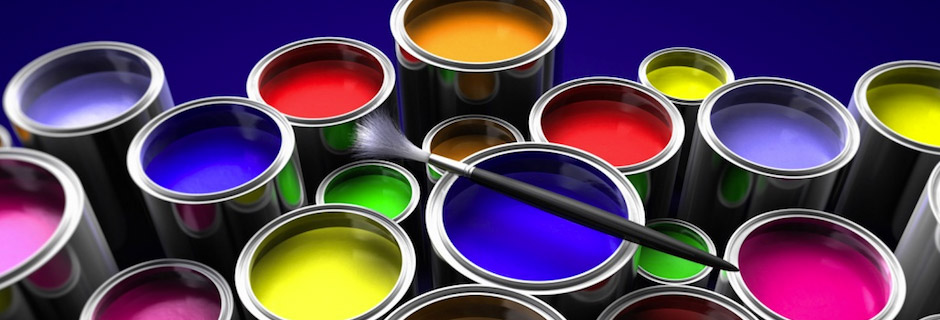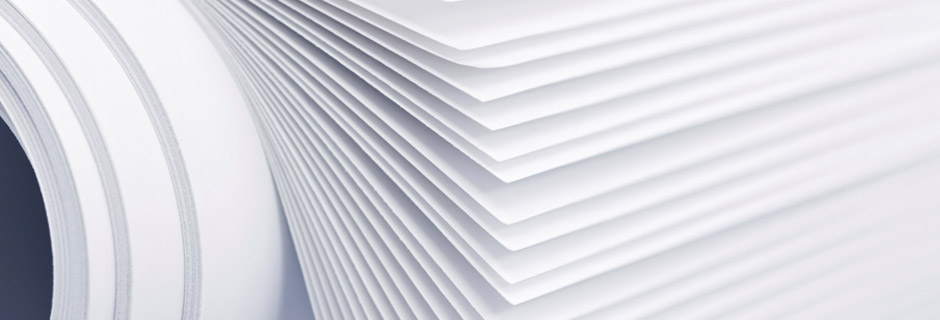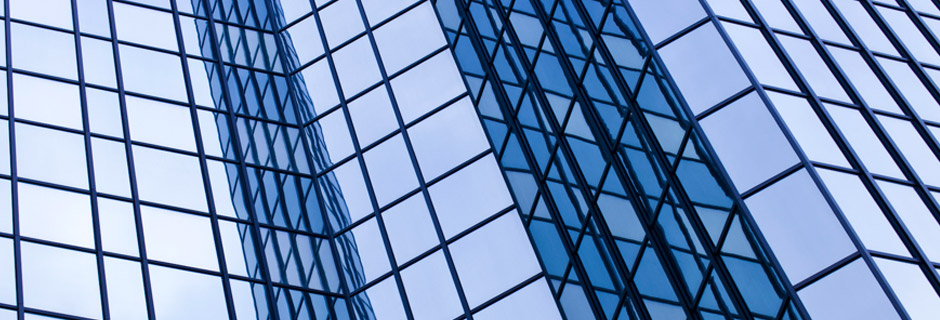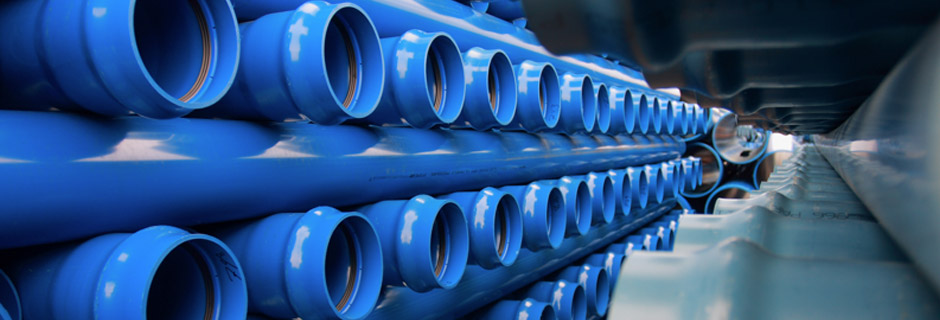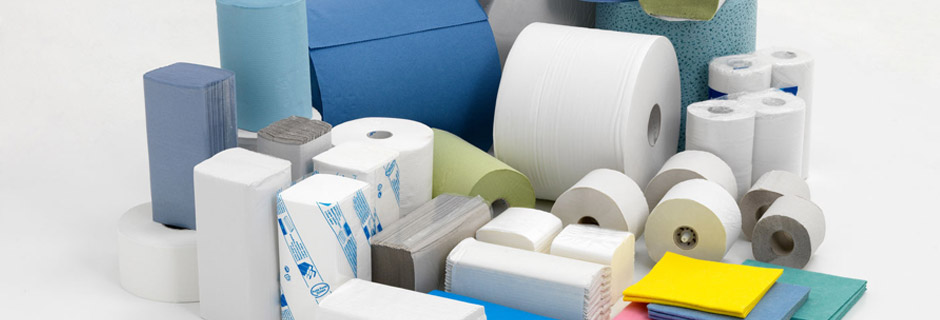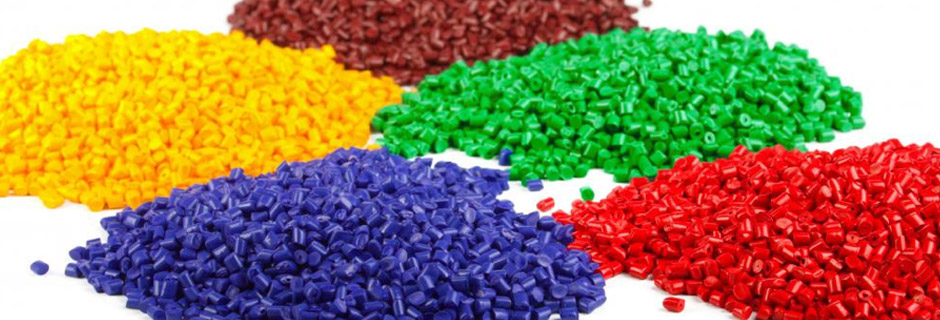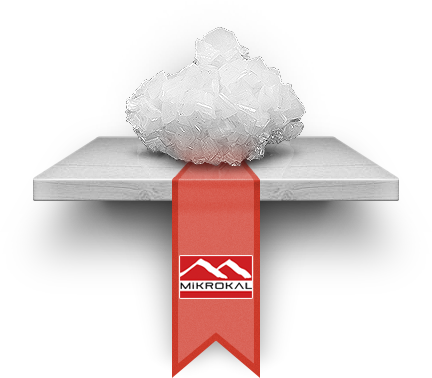- Farklı kimyasal yüzey kaplamalarına göre dop yağı tasarrufu sağlar.
- Yüksek beyazlıktan ötürü pigment tasarrufu sağlar.
- Kimyasal yapısı nedeniyle alev geciktirici özellik sağlar.
- Ambalaj malzemelerin yazılabilirlik değerlerini arttırır.
- Çentikli darbe mukavemetleri üzerinde olumlu özellik sağlar.
- Polimerde viskozite düzenleyici etki gösterir.
- Plastik sektöründe dolgu malzemesi olarak kullanılan mikronize kalsitin:
- PVC Plastisollerin reolojik özelliklerini kontrol altına alması
- Polimerlerde yaşlanmaya neden olacak ağır metaller içermemesi
- Yüksek kimyasal saflığa sahip olması
- Pahalı beyaz pigmentlerden tasarruf sağlamak amacı ile yüksek beyazlığa sahip olması
- Öğütülen tanelerin tekrar bir araya gelmeyerek aglomere olmaması
- Yüksek yağ emmemesi
- Formülasyonda kullanılan yumuşatıcı veya kimyasalları absorbe etmemesi
- Pahalı beyaz pigmentlerden tasarruf sağlayabilecek yüksek beyazlık değerine ve yüksek dolgu oranlarında boyanabilirlik özelliğine sahip olması
- Kolay dispers olması
- Makinelerde aşınmamaya sebep olmaması
- Homojen dağılması
- Sertleşmeyi, nihai malzemenin yüzey özelliklerini, darbe mukavemetini, stabiliteyi ve yaşlanmaya karşı dayanımı arttırması
- Kuvvetlendirici etkisi sayesinde ısıya karşı koruma sağlaması
- Bozuk film yüzeylerindeki bloklaşmayı önlemesi
- Kokusuz, tatsız olması ve toksik olmaması gerekmektedir.
Ancak, maliyetleri düşürmenin en yaygın yollarından biri olan kalsitin inorganik bir mineral olması ve organik malzemeler olan polimerler ile arasında yüzey gerilim farkının bulunması, daha iyi fiziksel değerler elde edebilmek için kalsitin kaplanması yolunu ortaya çıkarmıştır. Bu bağlamda öğütülmüş kalsiyum karbonat değişik yüzdelerde stearik asit ila kaplama prosesine tabi tutulmakta ve kaplı kalsit üretimi gerçekleştirilmektedir.
Kaplanmış CaCO₃'ın plastiğe getirdiği avantajlar:
- Hidrofobik yapı,
- Düşük yüzey enerjisi,
- Kolay disperse olması,
- Yüksek homojenizasyon sağlaması,
- Bazı mukavemetleri yükseltmesi,
- Daha parlak ve düzgün yüzey oluşumu sağlaması,
- Makina aşınmalarının azalması,
- Makina verimlerinin artması
- olarak sıralanabilir.

